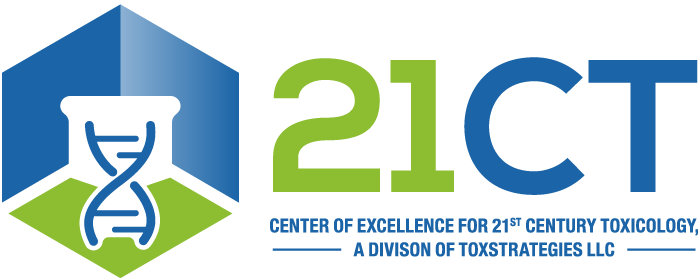Suh M, Thompson CM, Hixon JG, Harris MA, Kirman CR, Hays S, Haws LC, Proctor DM. Potential involvement of oxidative stress and iron disturbance in the development of oral cavity tumors in rats exposed to hexavalent chromium. Presented at Society of Toxicology 52nd Annual Meeting, San Antonio, TX, March 2013.
Abstract
In the NTP 2-year Cr(VI) drinking water study, the incidence of oral cavity tumors was significantly increased in male and female rats of the highest dose group (516 mg/L sodium dichromate dihydrate [SDD]). We investigated the potential involvement of iron (Fe) disturbance and oxidative stress in rat oral cavity tumor formation because Cr(VI) has been shown to compete with Fe uptake and causes microcytic anemia at high doses. Also, Fe deficiency can cause oxidative stress. We measured the GSH/GSSG ratios in rat oral mucosa and plasma following 90-days of treatment, and observed a significantly decreased ratio in oral mucosa at exposures ≥60 mg SDD/L, and in plasma at ≥170 mg SDD/L. We also found that Fe levels were significantly decreased in rat liver at ≥60 mg SDD/L, in bone marrow at ≥170 mg SDD/L, and in the duodenum at 520 mg SDD/L. A statistical mediation analysis using the NTP data on rat oral cavity tumor incidence and that for chronic liver inflammation, bone marrow hyperplasia, and salivary gland atrophy—all of which may be caused by Fe disturbance—was conducted to assess the association between Fe disturbance and oral cavity tumors in treated rats. The link from Cr(VI) exposure to these three endpoints combined was significant, as well as the link from these endpoints combined to oral tumors, t(498)=3.985, p<1×10-4. When each endpoint was analyzed separately, only the link from Cr(VI) exposure to salivary gland atrophy, and that from salivary gland atrophy to tumors were significant, t(498)=4.282, p<1×10-4. Taken together, these findings suggest that Fe metabolic disruption, oxidative stress and salivary gland atrophy may contribute to tumor formation in Cr(VI)-exposed rats. Further, these cancers may be species-specific as rats are generally more susceptible to oral cancers than mice, oral tumors were not observed in the NTP Cr(VI) treated mice, and no increase in oral cavity tumors have been reported in Cr(VI)-exposed workers.
